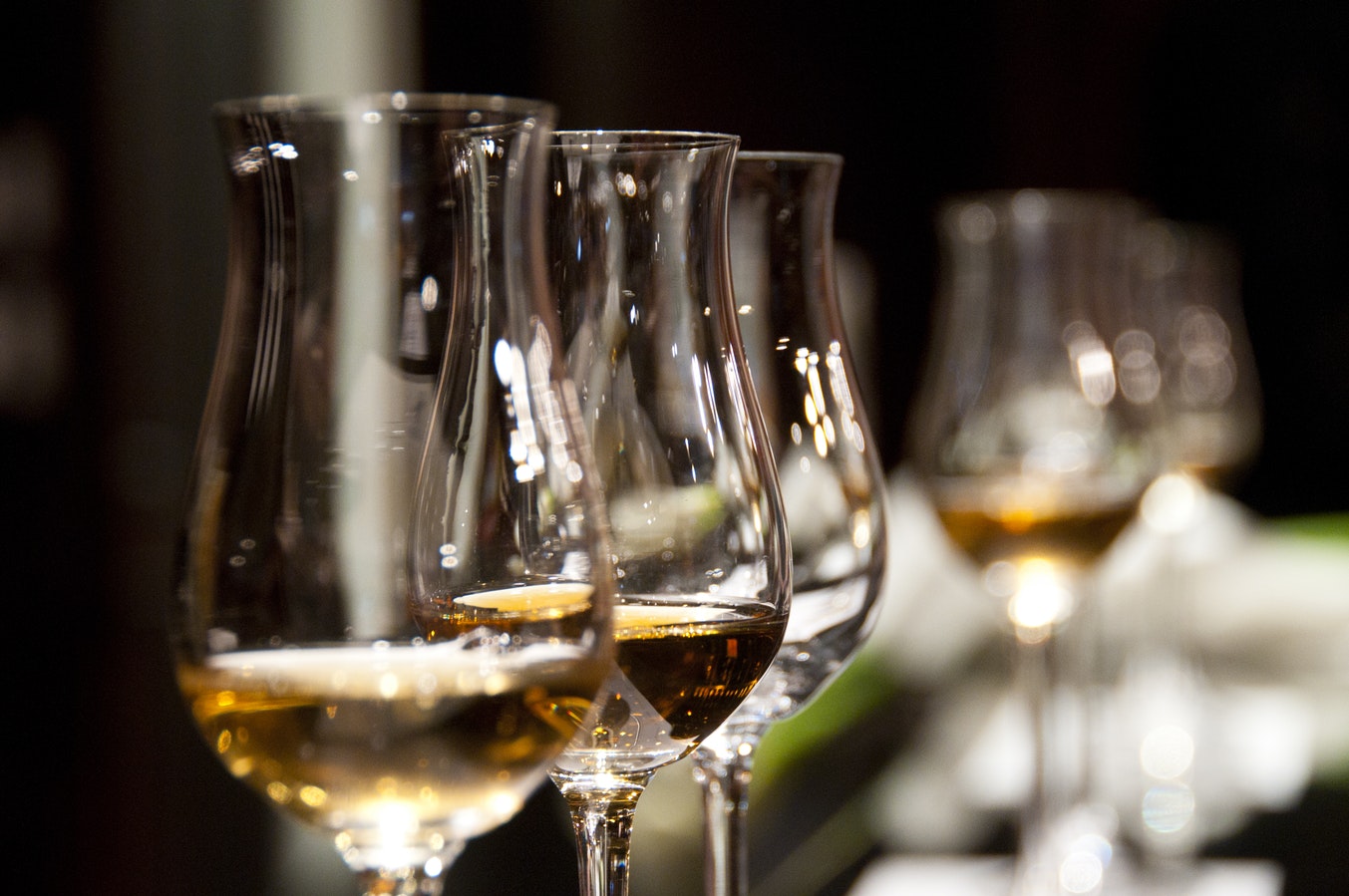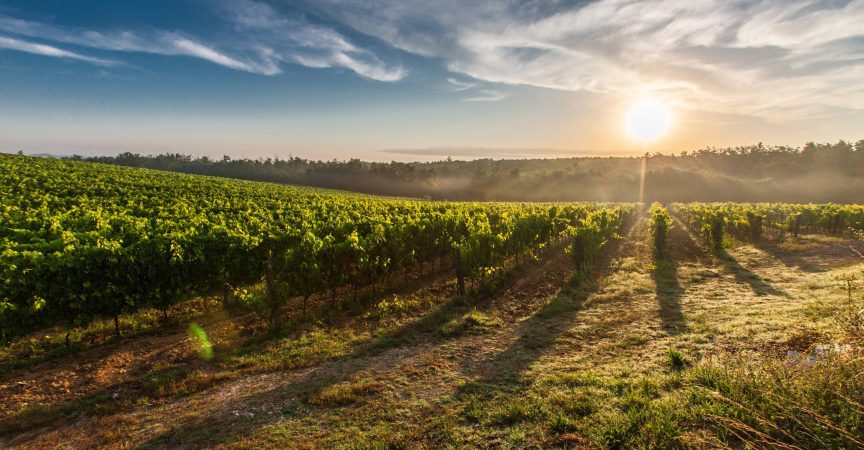Canadian wine: an overnight sensation 10 years in the making
Tables abroad are increasingly being set with Canadian wines, in an industry that has been growing since European grape varieties were first planted here in the seventies. In the last five years alone, the Canadian wine industry has expanded by over 10 per cent, bolstered by a growing interest in cool climate offerings.
Janet Dorozynski is a trade commissioner working under the Global Affairs umbrella with wine, beer and spirits producers. Her role allows her to support companies that feel export-ready, guiding them when it comes to the ins and outs of exportation, establishing their brands abroad and finding their niche. She also promotes education around Canadian wines through the Canadian Wine Initiative, with such activities as tastings and classes at embassies and consulates abroad, to showcase the quality products on offer.
“Canada is not a huge volume wine producer, so we’re very focused on targeting trade to help us get our message across,” says Dorozynski. “It may or may not surprise you, but there are still a lot of people within the trade, and consumers, who don’t even know that Canada makes wine. If they do know, they often know about our icewine.”

Icewine, a variety produced using grapes that have frozen naturally on the vine, accounts for 55 per cent of Canadian wine’s total export value. It was introduced by an Okanagan vineyard in 1978 and began winning awards at prestigious wine events in the eighties. Beyond icewine, says Dorozynski, Canada is producing reds, whites, rosés and sparkling wines. She says she can see the effects of her department’s efforts in the world’s response to these products.
“We started working on a number of initiatives about 10 years ago, focusing on Chicago, the UK market, and markets in China and Hong Kong,” she says. “We had our annual tasting at Canada House in London for the sixth time since 2010, and someone said to me, ‘Canada is an overnight sensation!’ My response was, ‘Yes—we’re an overnight sensation that’s been 10 years in the making.’”
Canada’s largest export markets are China, the United States, Taiwan, South Korea and the UK. “We’re getting a lot of traction,” says Dorozynski. “These things take time, to build a reputation. We’re still kind of landing on our feet in terms of what we’re doing. There’s a lot of experimentation.” Dorozynski acknowledges that icewine may be what we’re known for, but there is so much more on offer. The industry defies pigeonholing.“Canada makes some amazing chardonnay, riesling, cabernet franc, pinot noir, Gamay,” she says. “Our growing areas span the whole width of the continent—all the way from the Cowichan Valley on Vancouver Island to the Gaspereau Valley in Nova Scotia, and many places in between—so it’s hard to say there’s one product that we’re identified by, and I don’t think the industry even wants to be identified by one thing. We grow a lot of different things, and we do a lot of things well.”
Traditionally, Canada’s two big growing regions have been Ontario (at about 17,000 grape-bearing acres) and British Columbia (at just over 10,000 grape-bearing acres), with Quebec and Nova Scotia growing as producers, especially of sparkling wines. “If you look at not only grape-based wines but fruit-based wines, there are wines made in every province in Canada,” says Dorozynski.With the appeal of cool climate wines and sparkling wines, Canada, the world’s 39th largest exporter of wine, is poised to continue to expand.
“Most Canadian wineries are small- and medium-sized enterprises,” says Dorozynski. “Most start by selling in the domestic market, either direct from their cellar door to restaurants, or with distributors who sell to restaurants and liquor boards across Canada. The thing about exporting wine, beer or spirits, compared to other food or agricultural products, is that it’s more heavily regulated than any other product out there. Interestingly enough, Canada doesn’t impose many regulations on exporting wine; most of the regulatory challenges the winery experiences are on the part of the markets they’re exporting into.” It helps when these markets are eager to bring in the product in question. Dorozynski keeps her eye on international interest to spot emerging trends.
“If you look at what writers are writing about and what trade buyers are wanting to buy, cool climate wines and sparkling wines are hot,” says Dorozynski.
“Rosé is a growing trend in the wine industry, globally and among consumers. These are all sorts of lighter styles of wine. They usually have less oak, less alcohol, less extraction.”These lighter wines, Dorozynski explains, tend to be more food-friendly, allowing consumers to enjoy wine alongside a meal.“These are the kinds of wines that are very easy to pair with all types of dishes, all types of international cuisine,” she says.

Dorozynski encourages the celebration of Canadian wines domestically as well, both to support the industry and to take advantage of a great local product. The first thing a Canadian restaurant can do to support Canadian wineries? List Canadian products on the menu.“As a consumer and diner outside my job, I still go to lots of restaurants across Canada that have no Canadian wine or hardly any,” says Dorozynski. “Putting Canadian wine on your menu is the best way of supporting the industry. There are a range of options available, either through liquor boards or through consignment and private ordering, that I think restaurants could be taking advantage of. She also encourages a dialogue between wineries and local restaurants: “Work with wineries to do things like winemakers’ dinners. Get wineries involved in staff training at restaurants so that servers and sommeliers can really get behind the product and tell the stories. It’s a great way of showcasing not only our food but our wine. It’s all part of the food ecosystem that we want to celebrate and promote.”
Canada is gearing up to host the International Cool Climate Wine Symposium in 2020. The event will be hosted out of Brock University, located in the heart of the Niagara growing region in Ontario. “It’s going to be a very exciting thing for Canadian wine and the industry,” says Dorozynski. “I think it’s going to bring attention from buyers and sommeliers, as well as academics and researchers who look at cool climate growing regions and the challenges of producing cool climate wines.” Like Canada at large, the strength of the Canadian wine industry lies in its diversity and an entrepreneurial spirit that drives experimentation and growth. Dorozynski, among other experts and consumers, can look forward to watching how the industry continues to unfold.
Sources: winebc.com, wgao.ca, canadianvintners.com










Thank you, Janet, for recognizing, and spreading the word, on better Canadian wines. You are quite right that many people are ignorant of Canadian wine. I find it shameful that the waters have been so muddied by he presence of “International – Canadian blends”, as many people don’t realize that they are primarily foreign content. Furthermore, many wine buyers still have no awareness of VQA, or somehow think that all wine from Canadian wineries is VQA. The large companies which are still producing “International – Canadian blends” are taking advantage of the ambiguity through ambiguous bottle labeling and signage in their stores.
Our government-opearated stores could do much more as well, by improving their ambiguous and incorrect signage.